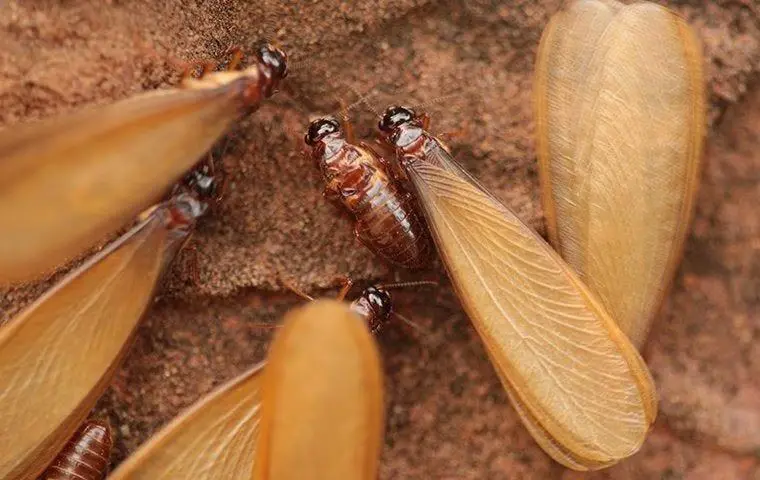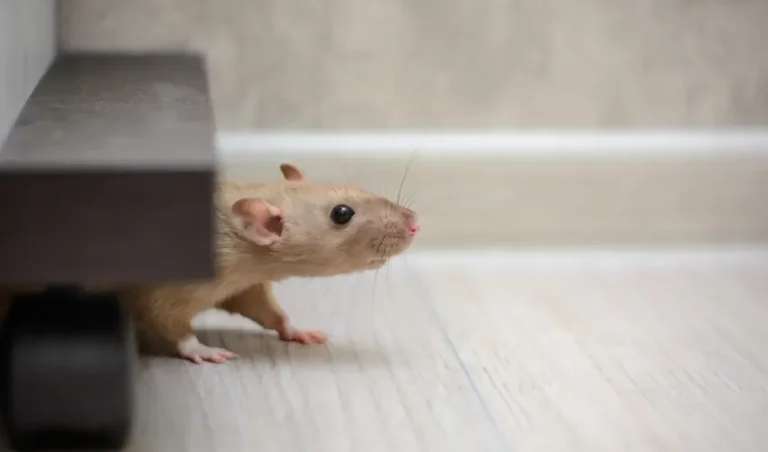Termite swarmers and winged carpenter ants are often mistaken for one another. Find out how to tell the difference between the two wood-destroying pests.
Find Out How To Tell Swarmers And Winged Carpenter Ants Apart
Buying a home is a significant investment, and it is essential to recognize anything that could become a threat to that investment. Of all the pests that will get into your home, carpenter ants and termites pose the greatest threat to your equity. But these two pests do not pose an equal threat. Though carpenter ants cost U.S. property owners millions of dollars in repairs each year, termite repair costs are in the billions. So when either of these two pests attacks your home, it is important to be able to tell the difference between them.
Characteristics
Wings
Both of these insects have two sets of wings, but there are three distinct differences you can look for:
- The wings of termites appear white. While carpenter ants will have wings with a more yellowish tint to them.
- The wings on a termite will be much larger than these insects. From the top-down, the wings will appear 2/3 larger than the swarmer they are attached to. Carpenter ant wings, on the other hand, are only slightly larger than these insects. You will notice a little overlap near its tail, but not much.
- Though termites have four wings, quite often it can look as if they have only one. This is because the wings of a termite swarmer stack on top of each other. The wings of carpenter ants stack in pairs. So, they will never appear as one wing when you examine them.
Body
Termites and carpenter ants are both classified as insects. That means they both have three body parts: the head, thorax, and abdomen. Here are some ways the bodies of these two pests differ:
- Termites appear to only have two body segments, even though they have three like other insects. This is because the thorax and abdomen look to be one segment. So, if the insect swarmer you are looking at appears to only have a head and a body, you may be looking at a termite. Termite swarms are usually black or dark brown. Quite often, carpenter ant swarmers will have a reddish tint to their otherwise black coloring. But, this isn’t always the case.
- Size is another way to tell these two apart. A typical carpenter ant swarmer will range from 1/4 of an inch to 1/2 an inch in length. Termites are much smaller, generally being 1/8 of an inch to 1/4 of an inch.
Antennae
Though both of these creatures have two antennae, their antenna is visually different.
- Carpenter ant antennae are bent, like the handlebars on a bicycle, while termite antennae stick out straight.
- If you can get up close and examine the antennae on the insect you’ve found, termite antennae will appear to be many balls stacked on top of each other. Carpenter ant antennae appear more like thin stems, visually similar to their legs.
Other Distinctions
If you find swarmers crawling around on your exterior walls or in your backyard, there are some other ways to tell which swarmers you have.
- All swarmers lose their wings during the swarming and mating process. For this reason, you can immediately distinguish carpenter ants when you find swarmers crawling around with wingless ants.
- If the swarmers you have are termites, they will burrow into soil and wood, and you will rarely see them walking around exposed to the air and sunshine.
Though carpenter ants are generally less of a threat than termites, it is always a good idea to have a professional inspect your property when either of these swarmers is found. Swarmers are an indication that there is a mature nest nearby. That nest could be inside the walls of your home. And that is never good. When pests appear, take action and get Action. Whether you need carpenter ant control or termite control services, we’re here and ready to help!
Swarming Termite vs Carpenter Ant in Indiana, Illinois & Kentucky
Extermination Services You Can Trust



